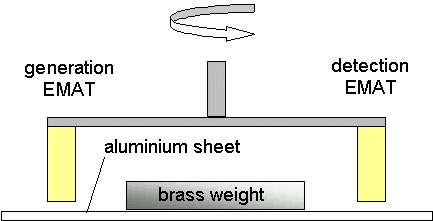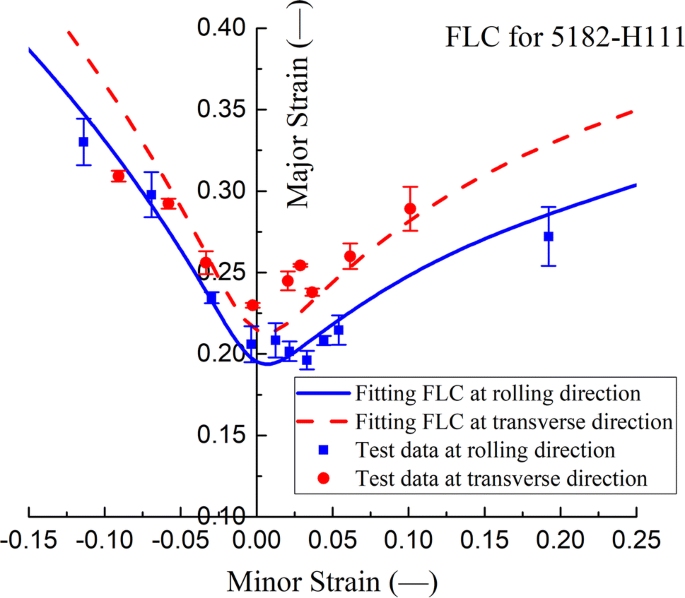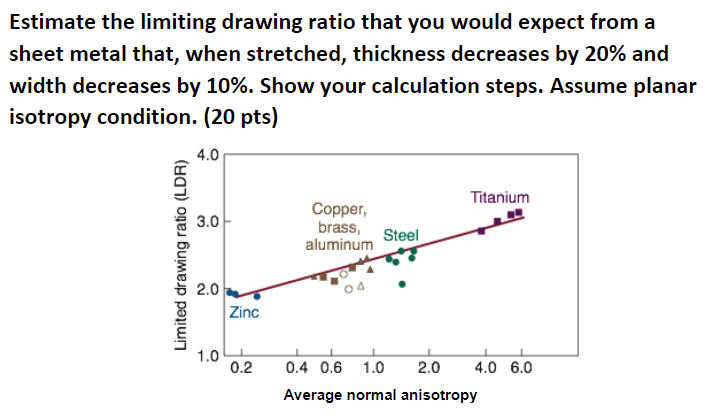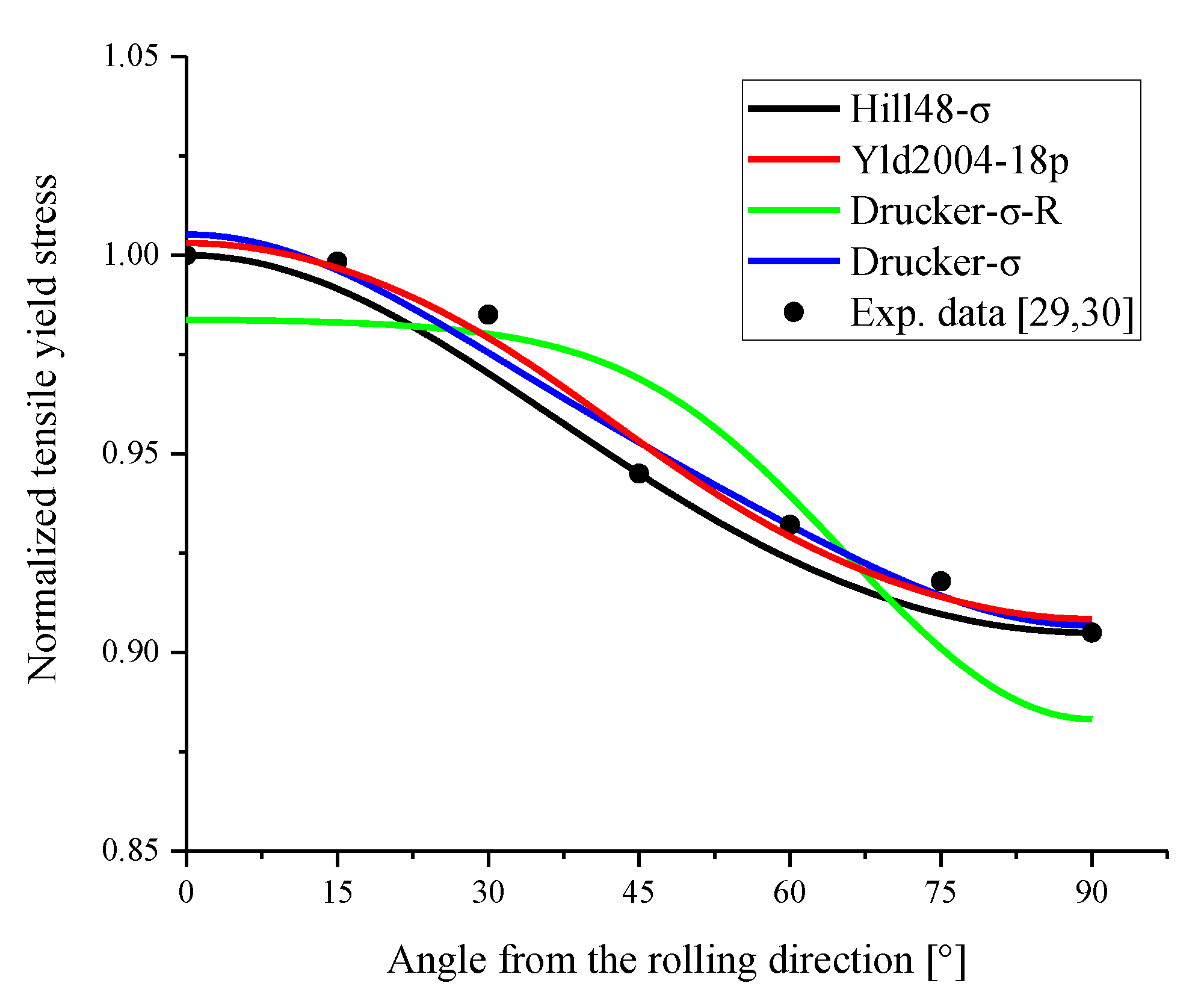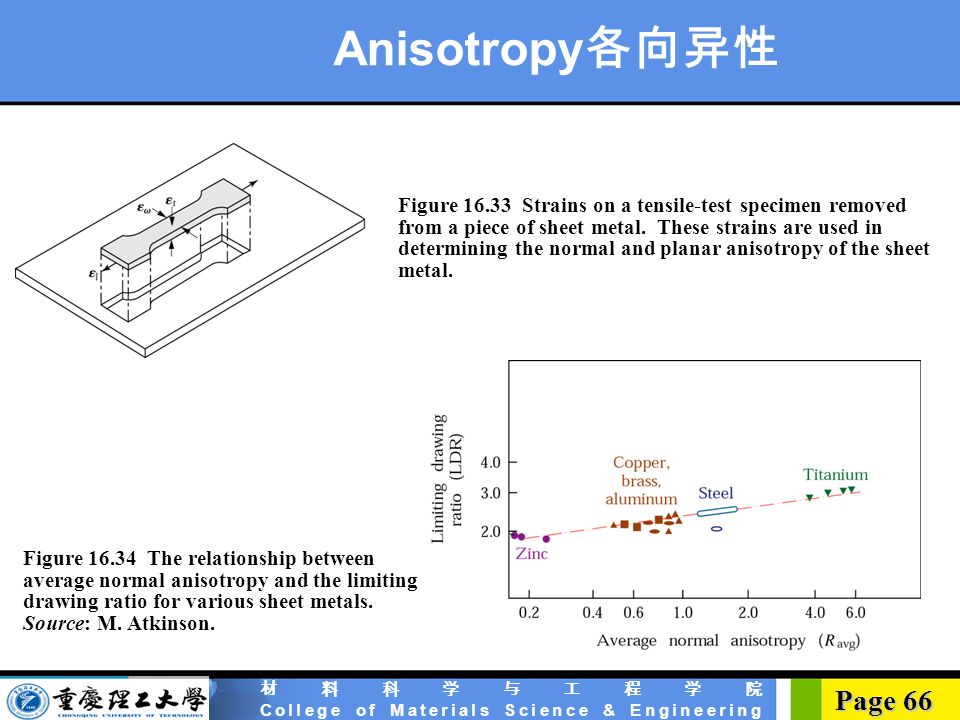During rolling the sheet develops anisotropy both in the plane of the sheet called planer anisotropy as well in the thickness of sheet called anisotropy ratio.
Anisotropy in sheet metals.
3 pp1677 1972 6 papadakis ep et al development of an automatic ultrasonic texture instrument and its transition from laboratory to market.
5 davies gt and goodwill dj and kallend rs elastic and plastic anisotropy in sheets of cubic metals met.
Anisotropy includes elastic and plastic anisotropy.
The planer anisotropy is responsible for development of ears on the cup.
After a brief review of classic isotropic yield functions recent.
This paper reviews the most recent models for description of the anisotropic plastic behavior and formability of sheet metals.
Anisotropy in sheet metals.
The variation of their plastic behavior with direction is assessed by a quantity called lankford parameter or anisotropy coefficient 4 1.
Anisotropy in sheet metal can be useful in deep drawing and other forming processes.
The type of plastic anisotropy usually desired in sheet metal forming is that the sheet is isotropic in the plane and.
The lankford coefficient also called lankford value r value or plastic strain ratio is a measure of the plastic anisotropy of a rolled sheet metal this scalar quantity is used extensively as an indicator of the formability of recrystallized low carbon steel sheets.
A method to include the distribution of strains in the identification of the planar anisotropy of sheet metals is proposed.
The method includes the optical measurement of strains on a flat specimen with a varying cross section and an inverse parameter identification scheme which minimizes the differences between the numerical simulation results and the experimental measurements by using.
Narayanasamy b e m tech m engg ph d d sc professor department of production engineering national institute of technology tiruchirappalli 620 015 tamil nadu india.
A model for technology transfer mat.
Yield locus for a biaxial plane stress condition the von.
Dr r narayanasamy anisotropy of sheet metals.
Due to their crystallographic structure and the characteristics of the rolling process sheet metals generally exhibit a significant anisotropy of mechanical properties.



